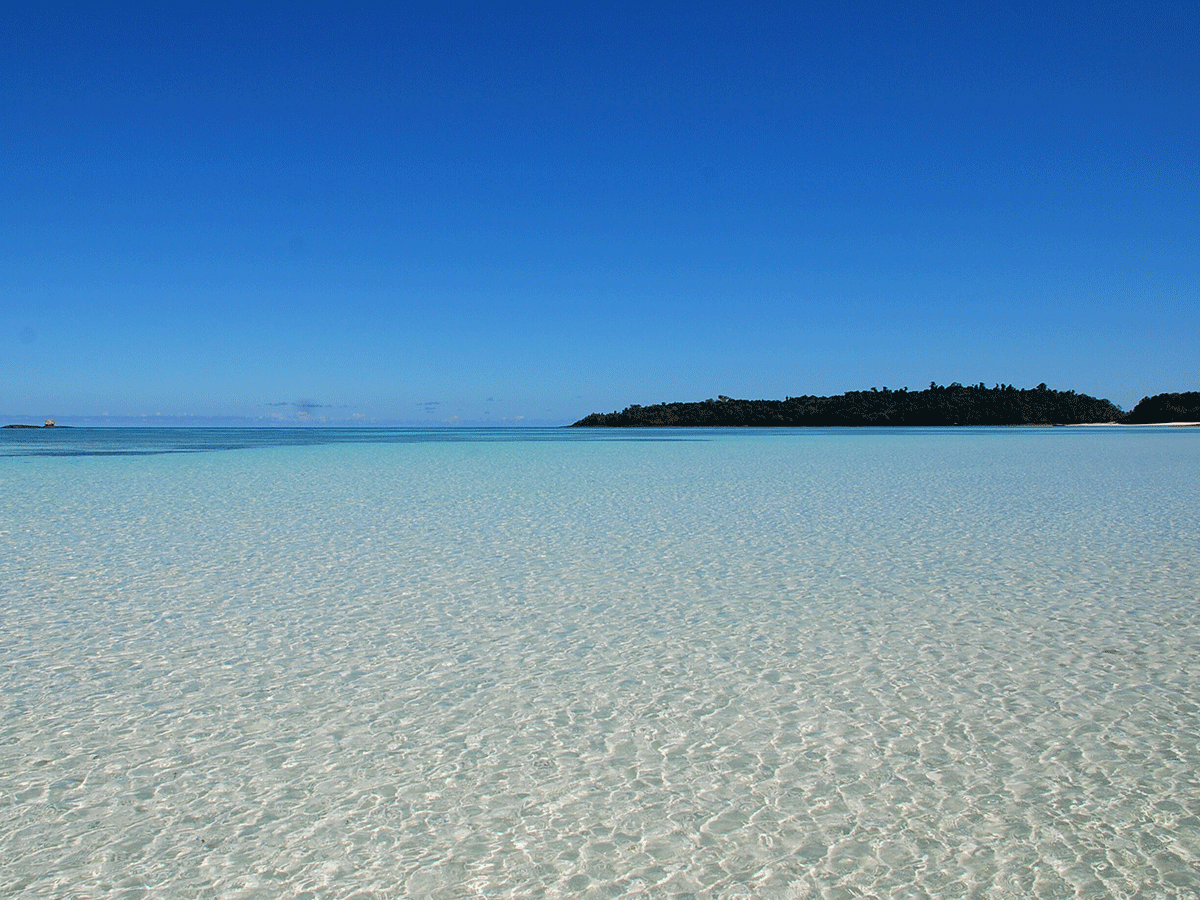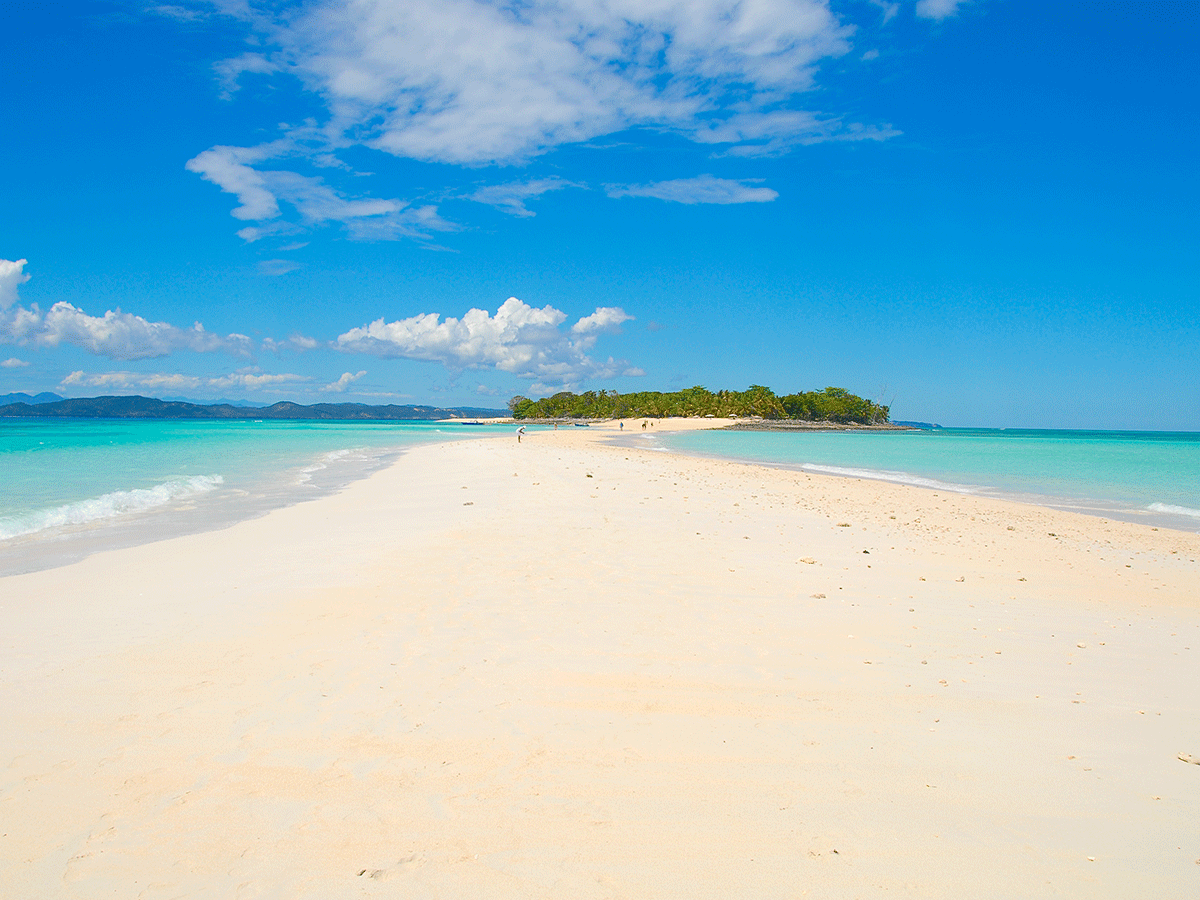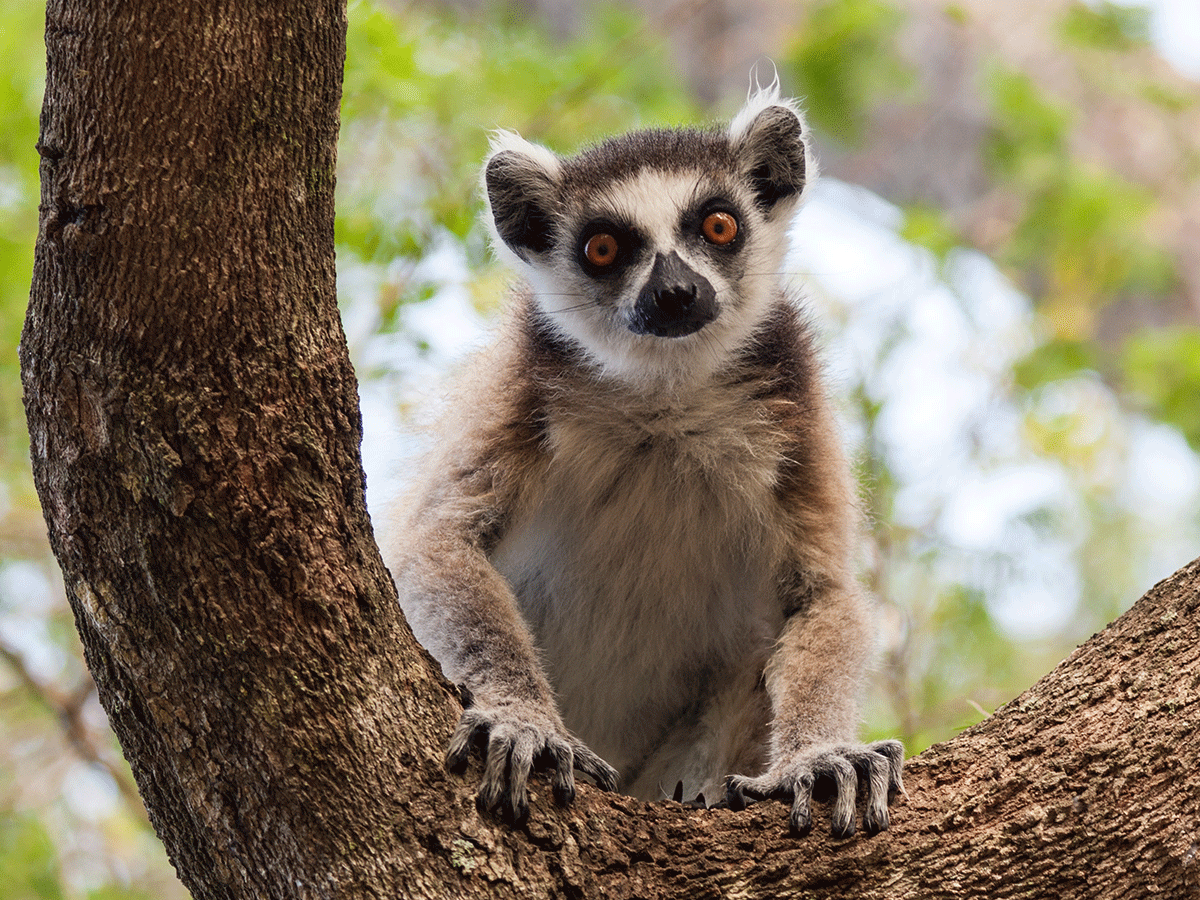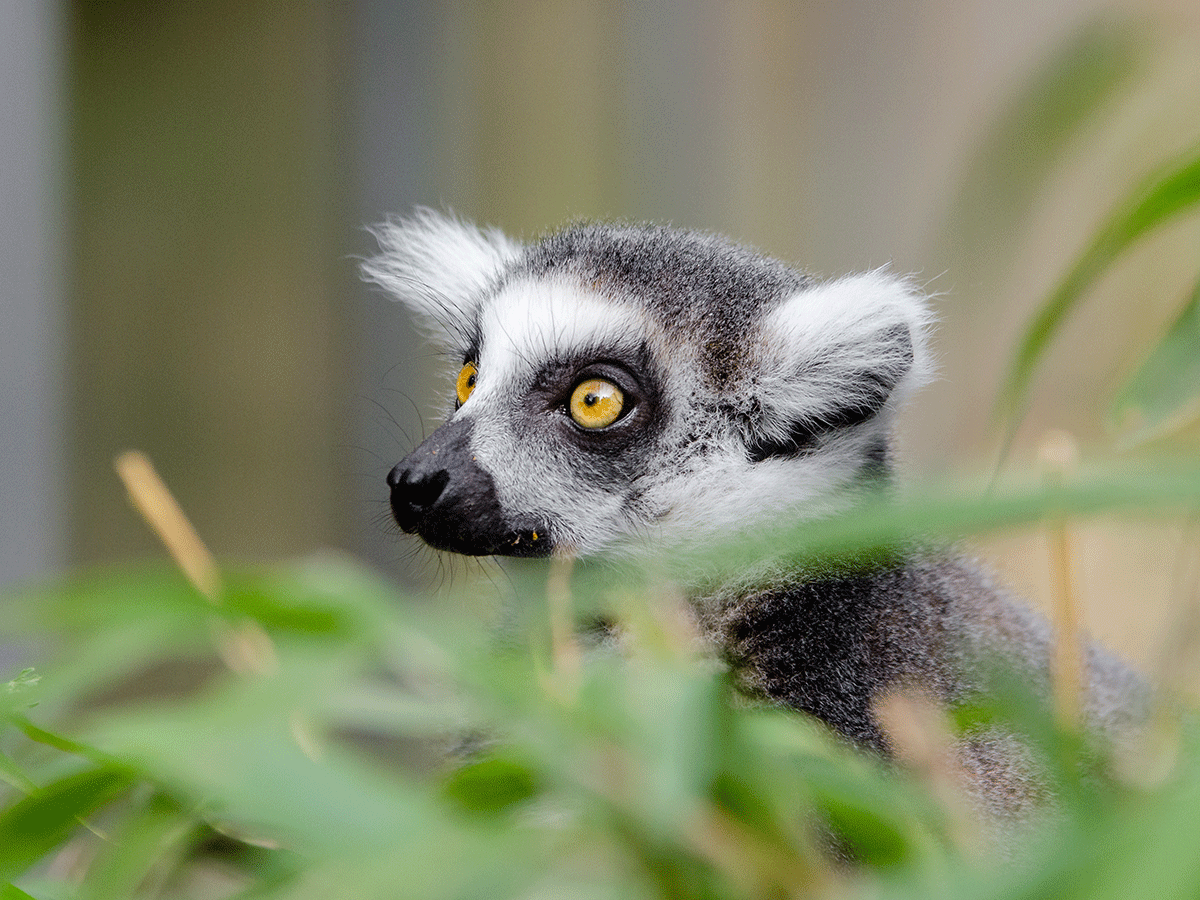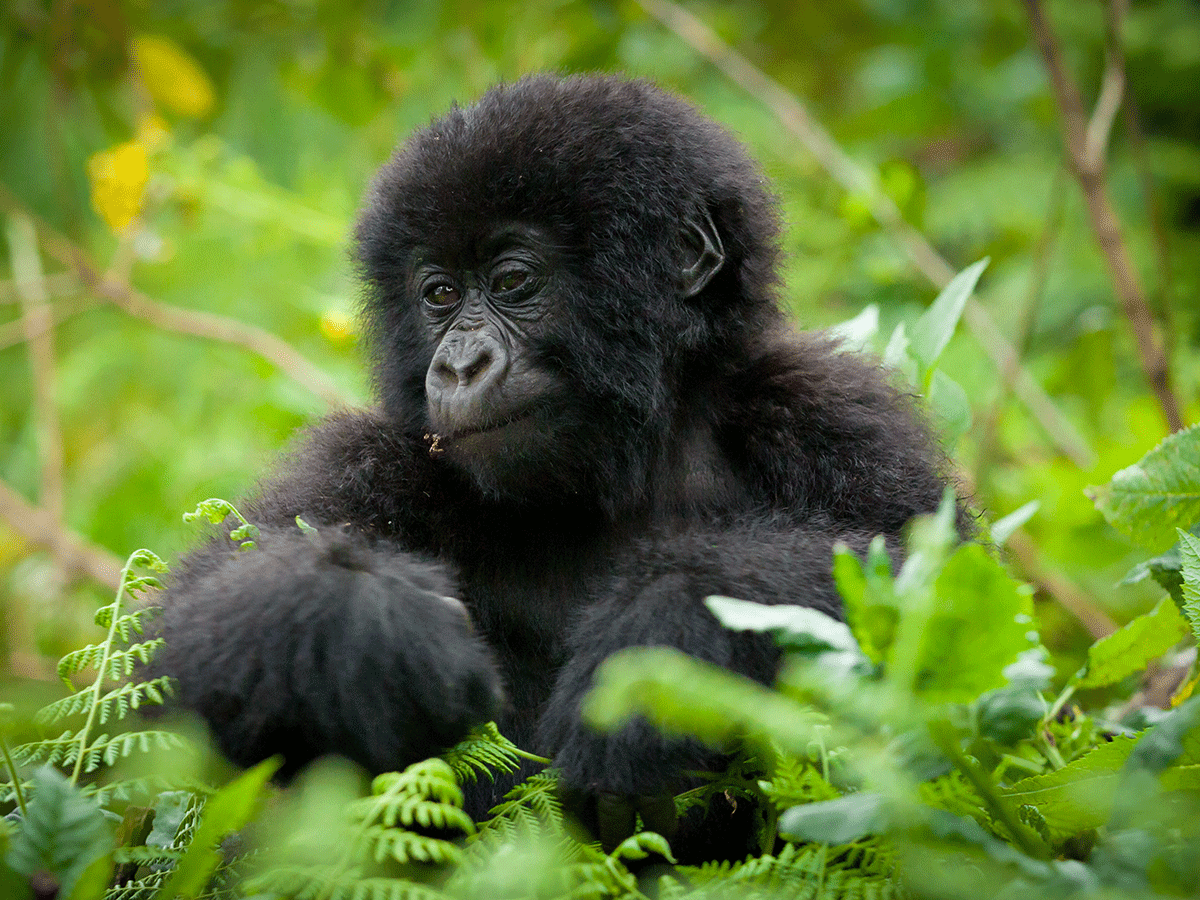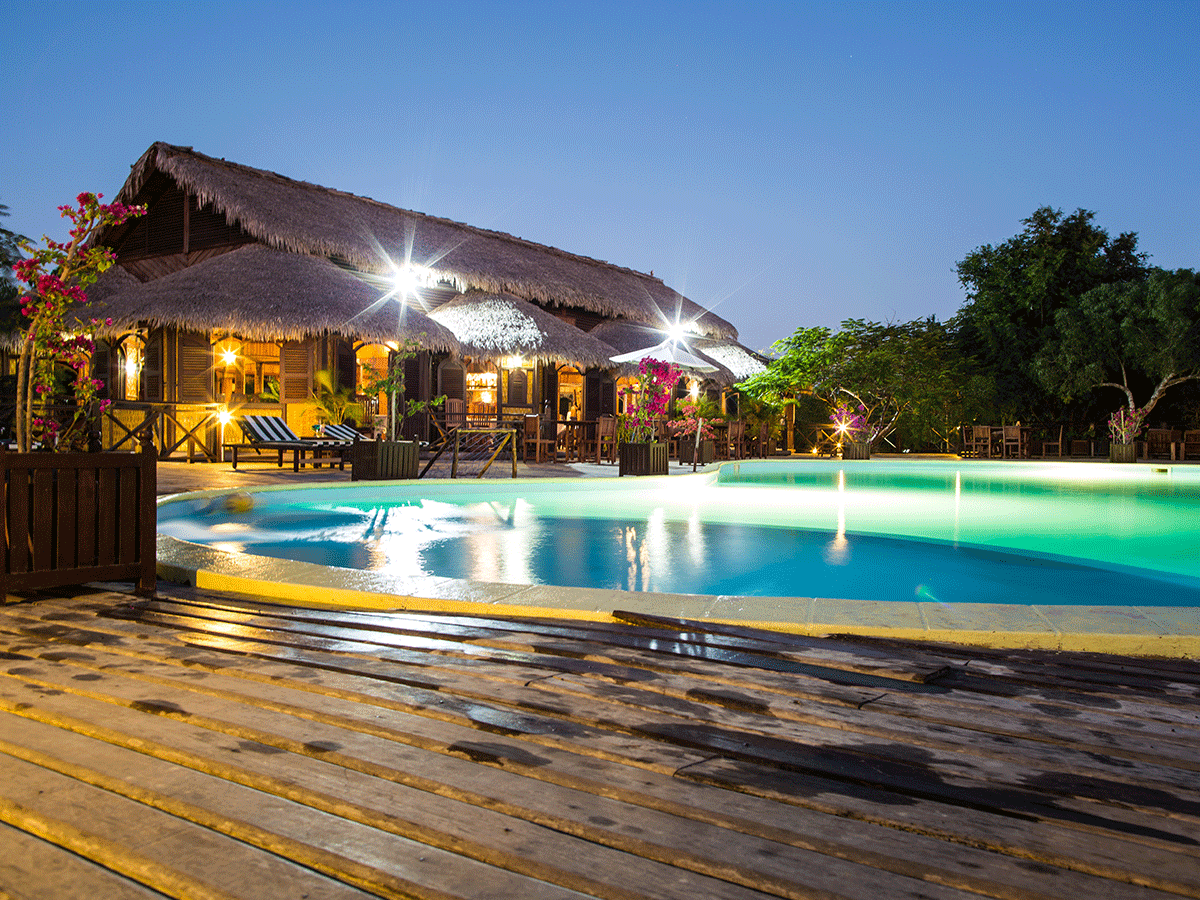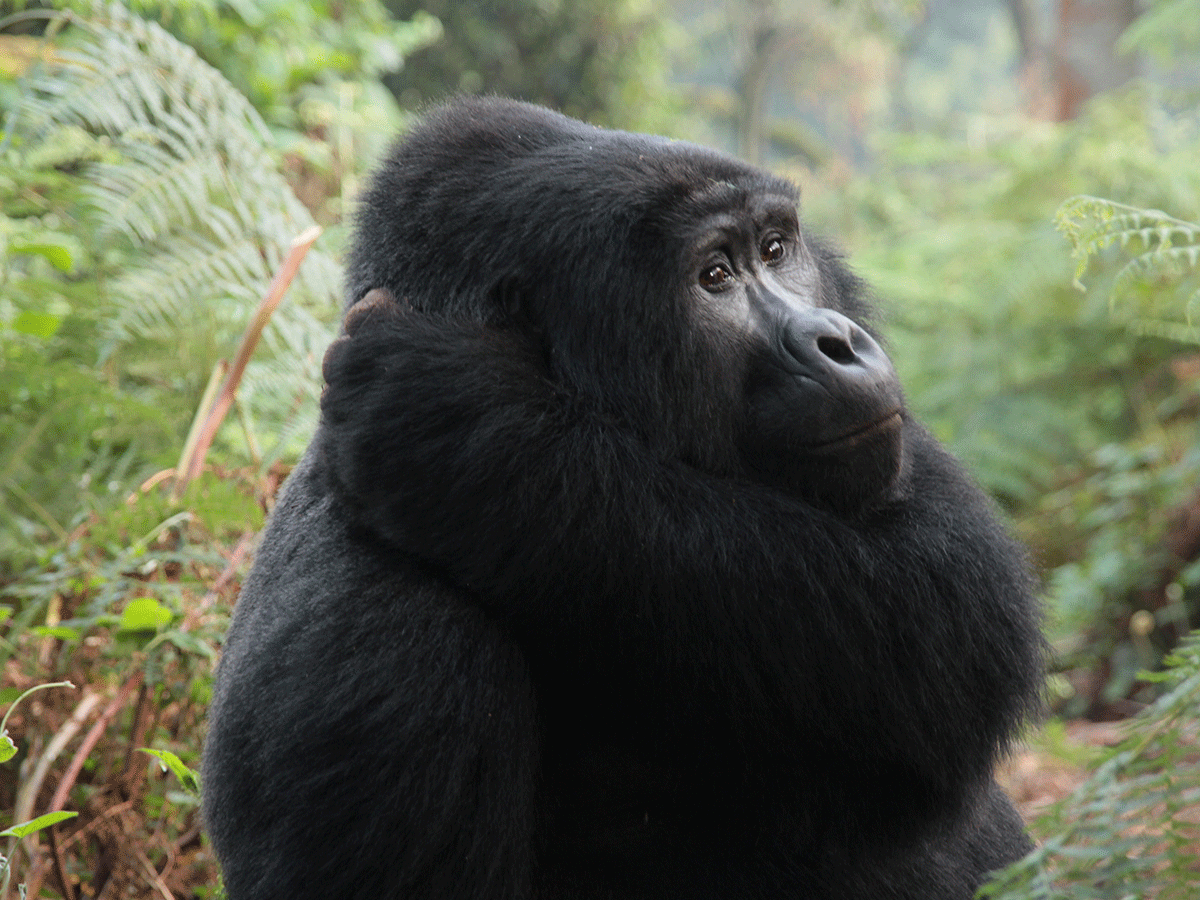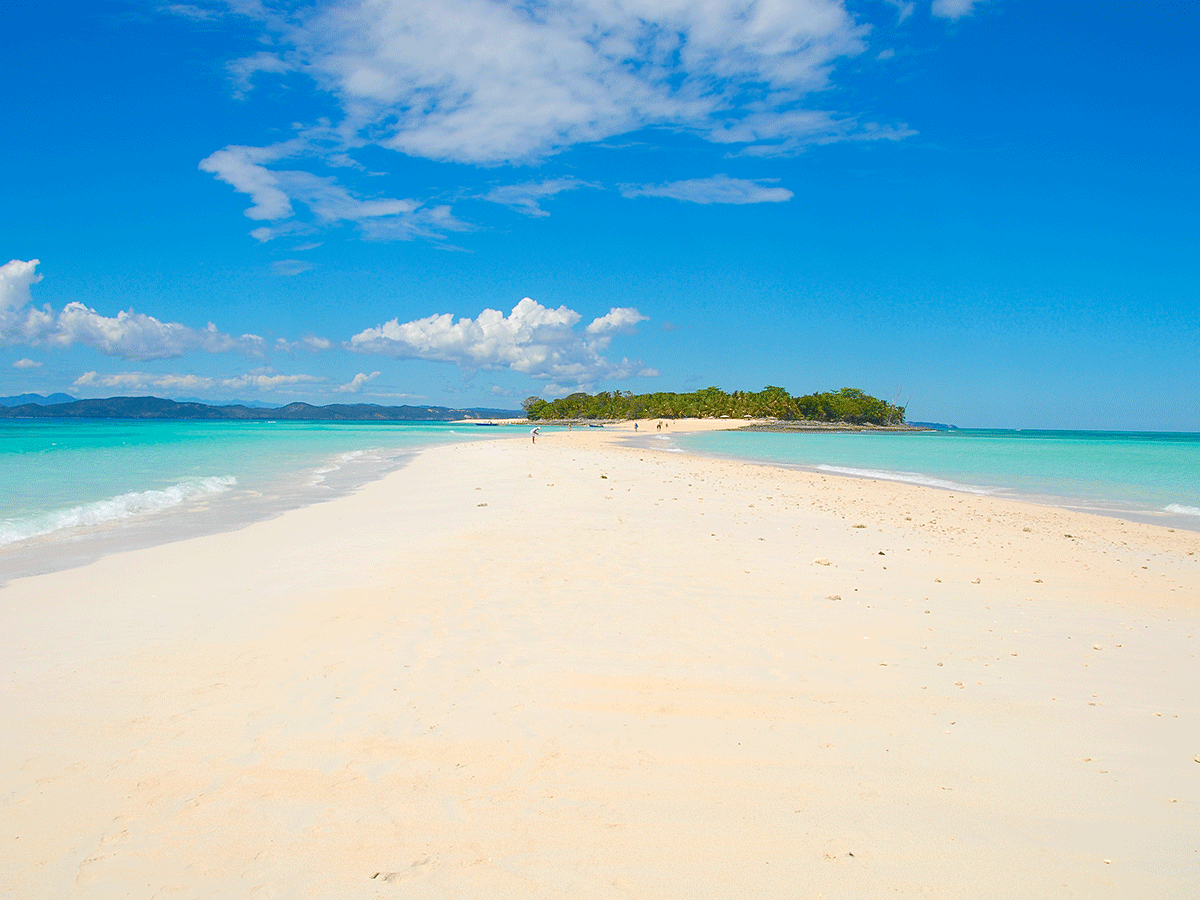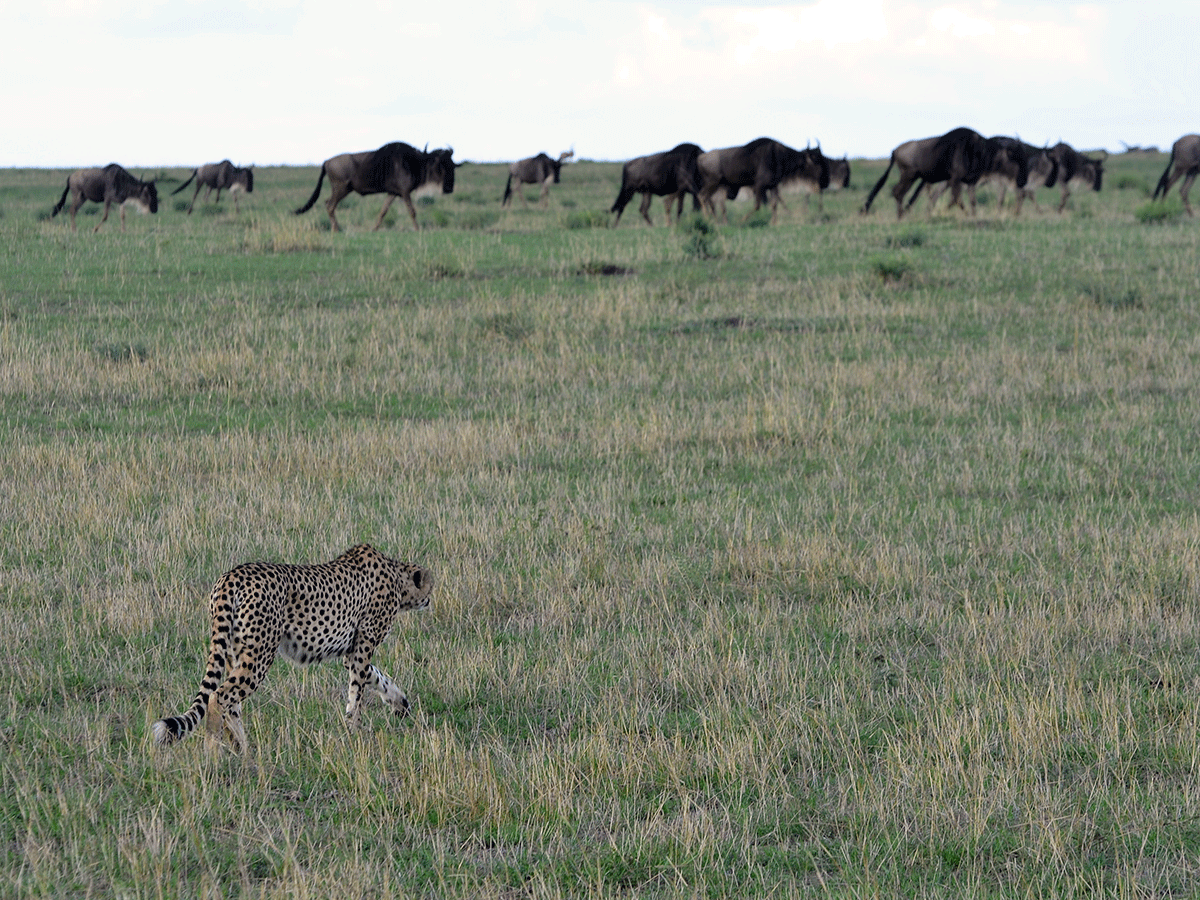Madagascar Safaris, Tours & holidays
Home » African Safari Destinations » Madagascar Safaris, Tours & Holidays
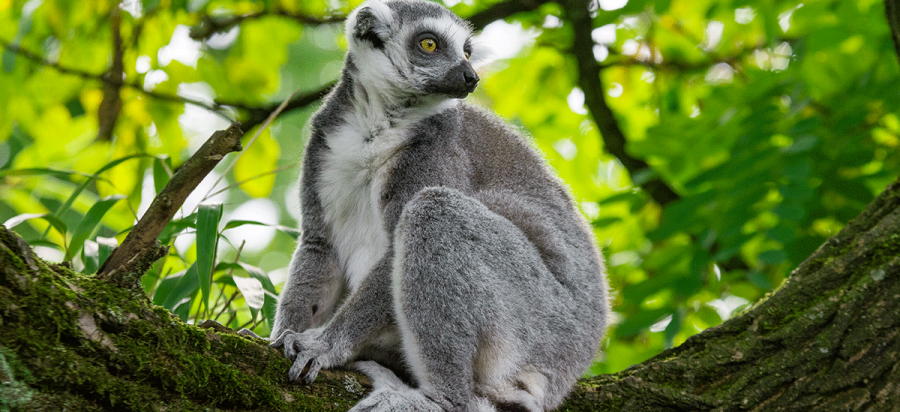
Madagascar Safaris, Tours & holidays
Madagascar, officially the Republic of Madagascar, and previously known as the Malagasy Republic, is an island country in the Indian Ocean, approximately 400 kilometers off the coast of East Africa. At 592,800 square kilometers, Madagascar is the world’s second-largest island country. About 300 miles east of southern Africa, across the Mozambique Channel lay the island of Madagascar. Best known for its lemurs (primitive relatives of monkeys, apes, and humans), colorful chameleons, stunning orchids, and towering baobab trees, Madagascar is home to some of the world’s most unique flora and fauna.
Madagascar is a large island nation in the Indian Ocean. It is off the east coast of Africa. Twenty-two million people live there; its capital is Antananarivo.
Madagascar is renowned for being home to a cat-like primate called the lemur. There are 50 different types of lemur that live in the forests of Madagascar. Indri is the largest of all lemurs found on Madagascar Island.
The developing country’s frequent political instability, weak infrastructure, restrictive business environment, and declining agricultural productivity are a few answers. These factors reduce the opportunity for development in Madagascar and decrease the Malagasy people’s living conditions.
How to get to Madagascar
The only practical way of getting to Madagascar is by air, as there are no passenger ferries from South Africa, Mozambique, or Tanzania. There aren’t even any boats running from Madagascar’s nearest neighbors, the Comoros Islands, and Mauritius.
With limited direct flights, the best way of traveling to Madagascar from the UK, Ireland, North America, Australia, and New Zealand is via Paris, Nairobi, or Bangkok. There are direct flights to Madagascar from Johannesburg, which might not only suit visitors from South Africa but also be a handy connection hub for travelers from Australia and New Zealand. Most planes fly into Antananarivo, the capital, though a handful of French and Italian charter companies sometimes offer seasonal flights directly to Nosy Be from Paris and Milan. Read on for advice and tips on how to get to Madagascar.
Passport, Visa, and Entry requirements for Madagascar
The overall crime rate in Madagascar is lower than many other African countries and is therefore considered safer for travel. Regardless of this reputation, however, the fallout of the political turmoil has led to increased unemployment rates resulting in a rise in crime, particularly muggings and robberies.
Visa, Passport, and entry requirement
Tourist visas are valid for up to 90 days. Business visas are valid for up to 5 years.
Business visas for stays longer than 90 days must be obtained through the Madagascar Embassy in the US. Once issued, the visa holder has one month to enter Madagascar and apply for the visa to be extended by Madagascar’s Ministry of Interior.
Non-extendable tourist visas are available upon arrival or in advance. They can also be obtained electronically.
The essential requirement for a Madagascar visa is a passport that is valid for at least 6 months from the time of entry and has at least three blank pages. Additional requirements vary depending on the type of visa and the length of stay.
Proof of a yellow fever vaccination is required only if the applicant has been to a yellow fever endemic country within the last six months. Additional health precautions are strongly encouraged.
Visa fees can change at any time, based on decisions by the Madagascar government. Fees generally do not include service charges, postage, and other related costs.
Business visas start around $50, tourist visas cost about $30 but can exceed $50. All on-arrival visas must be paid in cash, prepare accordingly.
The health sector of Madagascar
Madagascar’s healthcare system comprises western and traditional medicine practices. Traditional medicine is available throughout the country and practiced largely in rural provinces. Traditional medicine in Madagascar uses plant-based products for medicinal purposes, for example, the Raraha plant is used for its aesthetic qualities.
Western medicine is available through public and private facilities. General hospitals are confined to the capital city Antananarivo. Other urban areas across Madagascar have hospitals, but rural areas largely lack any presence of medical facilities, Hence why traditional medicine is largely practiced.
It can be a challenging task to find the best private health insurance policy in Madagascar. One of the best decisions experts or travelers can make is to consult an experienced insurance broker.
With two decades of experience matching experts with the most optimal health insurance solutions on the market, Pacific Prime leverages its close partnerships with all major insurers and has an extensive portfolio of all the best plans. In addition to having the best health insurance policies, Pacific Prime also offers unparalleled service and outstanding claims support.
Malaria and Yellow fever vaccination for Madagascar
Most travelers to Madagascar will need vaccinations for hepatitis A, typhoid fever, influenza, and polio, as well as medications for malaria prophylaxis and travelers’ diarrhea. Other immunizations may be necessary depending upon the circumstances of the trip and the medical history of the traveler, as discussed below. Insect repellents are recommended, in conjunction with other measures to prevent mosquito bites. All travelers should visit either a travel health clinic or their personal physician 4-8 weeks before departure.
Malaria: Prophylaxis with Lariam (mefloquine), Malarone (atovaquone/proguanil), or doxycycline is recommended for all areas.
Currency of Madagascar
The local currency in Madagascar is Malagasy Ariary. The most accepted foreign currency is Euro, but US dollars and GBP are easily changed. We recommend that you carry a mix of denominations.
There are money changing facilities (forex bureaux & bank kiosks) available at the major banks in Antananarivo or at the airport on your arrival. You will be able to change money in most main towns and cities. The most accepted foreign currency is the Euro, although the US Dollar is also accepted.
We recommend you change your money upon arrival, as it is more difficult to change money whilst on safari. There are ATM machines available in the major towns and the most widely accepted card is Visa. All ATMs will only dispense Ariary. There are very few places where credit cards can be used so please only use them as an absolute emergency. Please do not take travelers’ cheques as you will not be able to change these in Madagascar.
Official Language of Madagascar
Malagasy is by far the most widely spoken language. Nevertheless, many people involved in the tourism industry speak some English, while visitors with a good understanding of French will be at an advantage in making themselves understood.
See our popular Madagascar safaris
Best time to travel to Madagascar
Broadly speaking, the dry months are in the winter between April and September, but rainfall varies enormously in different areas. Try to avoid July/August and the Christmas/New Year period when popular places are crowded. January to March is the rainy season when some more remote places get cut off by the swollen rivers,
particularly in the north and west. However, the off-peak season can be rewarding, with cheaper international airfares and accommodation and fewer other tourists.
September is nice but frequently windy in the south. April and May often have lovely weather, and the countryside is green after the rainy season. Keen naturalists have their own requirements: botanists may want to go in February when many of the orchids are in flower, and herpetologists will prefer the spring/summer because reptiles are more active – and brightly colored – during those months. Bear in mind that giant jumping rats, dwarf lemurs, tenrecs, and some reptiles are less active and so harder to see during the cool dry months of June to September. Our favorite months to visit Madagascar are October and November when the weather is usually fine but not too hot, the jacarandas are in flower, the lemurs have babies, and lychees are sold from the roadside stalls in the east.
What to wear in Madagascar
Modest clothing is advisable in the bigger towns and cities in Madagascar, however, in the lodges and camps and on the beaches at the coast, it is perfectly fine to wear shorts and shirts or beachwear. A warm fleece or jumper is advised for the cooler evenings.
What to bring while traveling to Madagascar
It’s important to pack smart for Madagascar: limit your baggage to 15 kg and use soft bags.
- Malagasy phrasebook
- Rain jacket
- Warm clothes
- Loose change
- Digital camera or binoculars
- Mosquito repellent
- A quick-drying towel
- Solar charger
- Water bottle
Car hire and driving in Madagascar
Madagascar is safe to travel independently and it is a lot of fun to do so. Otherwise, we would not allow car rental without a driver. But, there are a number of restricted areas for which a driver is needed.
Accommodation in Madagascar
Accommodation is not a problem in Madagascar for tourists but during the high season from June to September and from December an advance booking may be required as there are many tourists
Local food of Madagascar
Madagascar is best known for its diversity when it comes to its cuisine. The country is proud to be one that features some of the world’s most delicious dishes. Rice is the staple of the local people and you will notice that it is rice that dominates much of the cuisine. The local dishes also feature a variety of vegetables along with seafood and meat. This completes the meal that one would eat in Madagascar. Food is generally flavourful and it consists of some basic ingredients like onions, tomatoes, garlic, and ginger. Drooling already? If so, continue reading below to find out more about the top traditional food that features prominently in the cuisine in Madagascar.
Tipping while Travelling in Madagascar
Although Madagascar is one of the poorest countries in the world; you should never be tempted to tip less than 500 to 1000 Ariary for an entire day trip. .For restaurant visits, about 5% of the price is considered an appropriate tip. A little care should be taken with tips especially at Ivato airport in Antananarivo for safety reasons ensure you have tipping money separate.
Further information for Madagascar
Madagascar is one of the best destinations to see Lemurs in the world and it’s also a spectacular beach destination and it can be perfectly combined with gorilla tracking in Uganda and Rwanda, wildebeest migration in Kenya and Tanzania.
Safety of Madagascar
The overall crime rate in Madagascar is lower than many other African countries and is therefore considered safer for travel. Regardless of this reputation, however, the fallout of the political turmoil has led to increased unemployment rates resulting in a rise in crime, particularly muggings and robberies.
SAFARI TOURS AND HOLIDAYS
NATIONAL PARKS
| Andasibe-Mantadia National Park |
| Berenty National Park |
| Ankarana National Park |
| Isalo National Park |
| Anja National Park |
| Kirindy Forest |
| Ranomafana National Park |
| Zombitse-Voitibasia National Park |
| Amber Mountains National Park |
| Sainte Marie Reserve |
| Tsingy de Bemaraha is a strict nature reserve |
| Masaola National Park |
FAUNA & FLORA
| Wildlife |
| Birds |
| Vegetation |
POPULAR SAFARIS
| 6 Days Luxury Madagascar safari |
| 6 Days Madagascar safari |
| 7 Days Best of Madagascar safari |
| 9 Days Madagascar Lemur tracking safari |
| 10 Days Madagascar honeymoon safari |
| 11 Days Discover Madagascar safari |
| 13 Days Experience Madagascar safaris |
| 13 Days Madagascar Explorer safaris |
OTHER TOURISTS ATTRACTIONS
| Explore Amber Mountain reserve |
| Explore Caves in Ankarana National Park |
| Go for a Hike in Tsingy National Park |
| Go for a Swim at Kimony Beach |
| Go for a Walk-in La Corniche |
| Go Island Hopping |
| Go Whale Watching in Ile Sainte Marie |
| Look for Lemurs in Andasibe-Mantadia National Park |
| Paraglide in Andanoka |
| Swim with Sharks |
| Take a Road Trip |
| Take a Wildlife Tour |
| Tour Ambohimanga |
| Visit a Crocodile Farm |
| Visit Analamazoatra Special Reserve |
| Walk Along the Avenue of the Baobabs |
| Antananarivo city tours |

